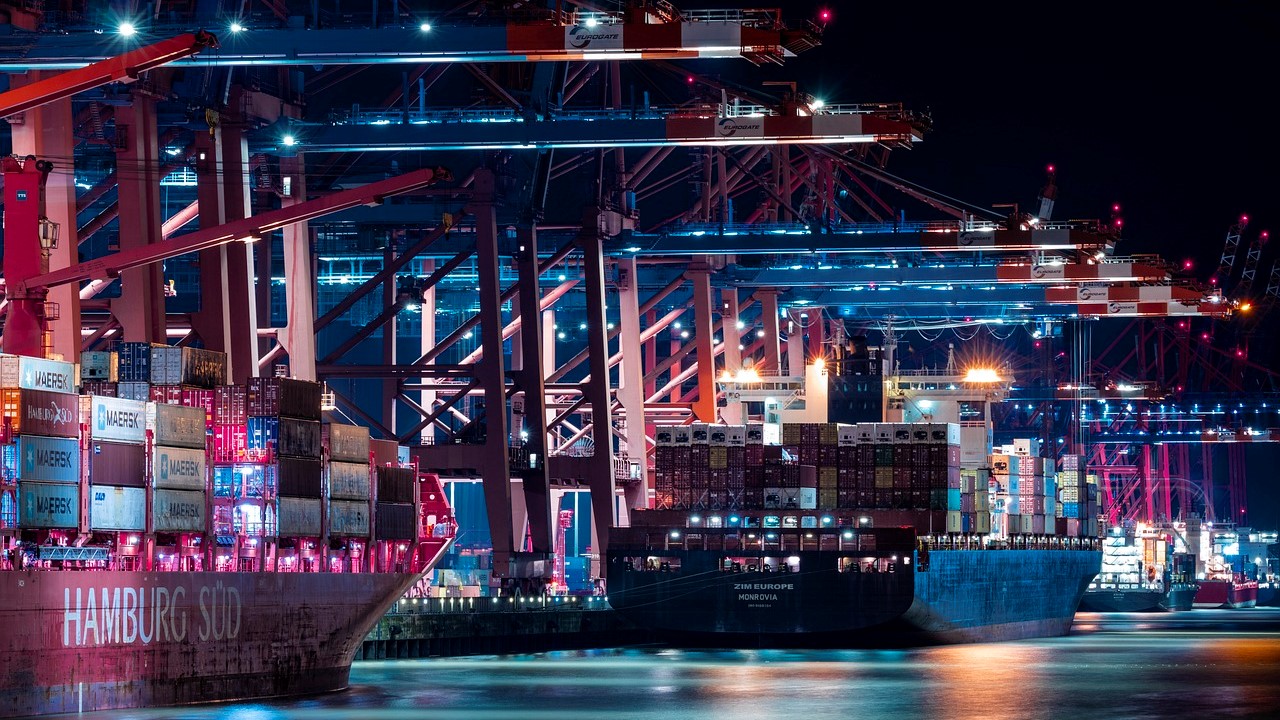On March 8, 2025, China’s Ministry of Commerce announced the findings of its anti-discrimination investigation into Canada, determining that Canada’s additional tariffs on Chinese electric vehicles, steel, and aluminum products constitute discrimination.関稅constitutes a discriminatory trade restriction, and starting March 20, a 100% tariff will be imposed on Canadian-origin agricultural products such as rapeseed oil and peas, while a 25% tariff will be levied on aquatic products and pork. This marks the first time China has initiated an anti-discrimination investigation and taken corresponding measures.

Background: Canada's unilateral restrictive measures against China have sparked controversy
In October 2024, the Canadian government announced a 100 percent tariff on electric vehicles imported from China and a 25 percent tariff on steel and aluminum products. The decision was made without adequate investigation or sound justification, targets only Chinese products, and has been identified by China as a discriminatory restriction. Canada’s move is seen as an attempt to align with U.S. tariff policies toward China, but its unilateral action has seriously undermined China-Canada economic and trade relations and harmed the legitimate rights and interests of Chinese enterprises.

Investigation Launched: China Initiates Anti-Discrimination Probe in Accordance with Law
On September 26, 2024, in accordance with the relevant provisions of the Foreign Trade Law of the People’s Republic of China, China’s Ministry of Commerce formally initiated an anti-discrimination investigation against Canada. This marks China’s first use of the anti-discrimination investigation tool, aimed at safeguarding the international trade order and the lawful rights and interests of Chinese enterprises. During the investigation, the Ministry collected extensive evidence through questionnaires, hearings, and on-site inspections, and heard the views of domestic industry associations and enterprises.
Investigation findings: Canadian measures constitute discriminatory restrictions
On March 8, 2025, the Ministry of Commerce released its findings, determining that Canada’s restrictive measures constitute discriminatory practices that violate the WTO’s “non-discrimination principle” and “fair-trade principle.” The investigation revealed that Canada’s imposition of additional tariffs on China has severely affected the export of Chinese electric vehicles, steel, and aluminum, inflicting significant losses on the relevant industries.

Countermeasures: China imposes additional tariffs on certain Canadian goods
Based on the findings of the investigation, the Chinese side has decided to impose additional tariffs on certain goods originating from Canada starting March 20, 2025. The specific measures include: a 100% tariff on rapeseed oil, oilseed residues, and peas; and a 25% tariff on aquatic products and pork. These goods are key categories in Canada’s exports to China, and the additional tariffs will have a significant impact on the relevant industries.
Industry Support and the Significance of International Trade
The China Chamber of Commerce for Import and Export of Minerals and Chemicals, the China Association of Automobile Manufacturers, and four other major industry associations unanimously endorse the Ministry of Commerce’s investigative ruling, regarding it as a powerful safeguard for the legitimate rights and interests of Chinese enterprises. This anti-discrimination investigation is not only a significant practice for China in the realm of international trade but also offers a model for the world in countering unilateralism and protectionism.

Future Outlook: The Trajectory of China-Canada Economic and Trade Relations
While imposing additional tariffs, China has also left room for Canada to adjust. China stated that if Canada rescinds its discriminatory measures against China and offers appropriate compensation, China may consider adjusting or eliminating the additional tariffs. The future trajectory of China-Canada economic and trade relations will hinge on whether Canada can view bilateral cooperation rationally and take concrete actions to repair the relationship.


 カスタマーサービスWeChatをフォローしてください
カスタマーサービスWeChatをフォローしてください